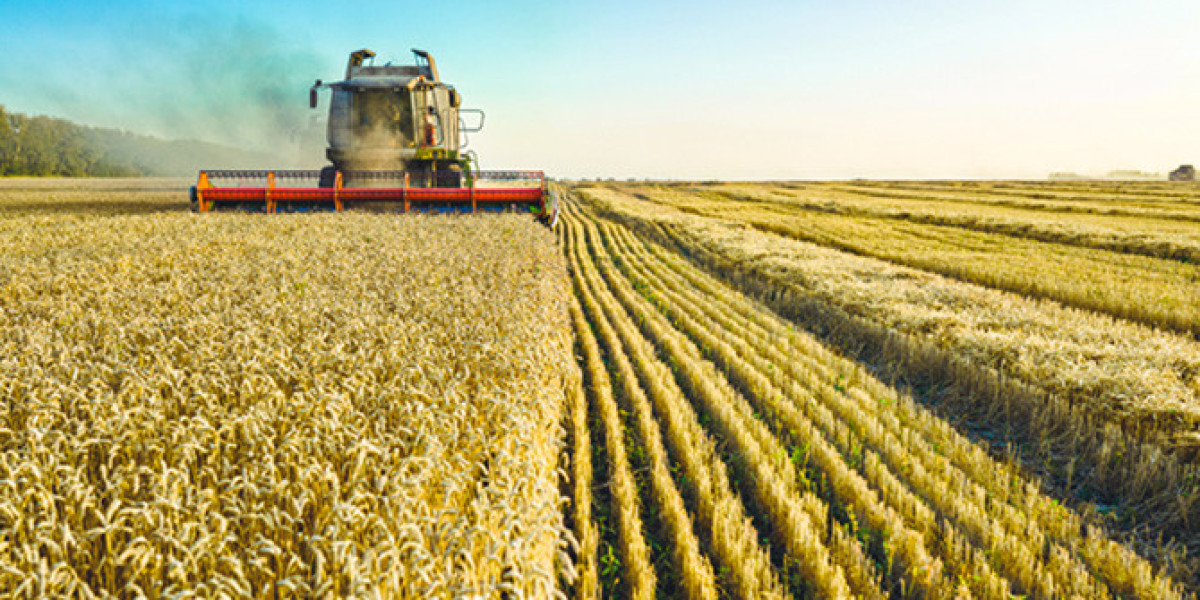In a world where the demand for food is growing faster than ever, scientists and farmers are turning to an unexpected hero: algae. These tiny aquatic plants, often overlooked, are now at the forefront of a farming revolution. From providing nutrient-rich food to reducing environmental impact, algae are proving to be a game-changer in agriculture. One company leading the charge in this innovative field is Kanzo Ag Products, a pioneer in sustainable farming solutions. Let’s dive into how algae are shaping the future of food and why they matter.
What Are Algae, and Why Do They Matter?
Algae are simple, plant-like organisms that grow in water. They come in many forms, from microscopic spirulina to large seaweeds. What makes algae special is their ability to grow quickly and efficiently, even in harsh conditions. Unlike traditional crops, algae don’t need fertile soil or large amounts of freshwater. They can thrive in saltwater, wastewater, or even on non-arable land.
This makes algae a sustainable alternative to conventional farming. As the global population grows, finding ways to produce more food without harming the planet is crucial. Algae offer a solution by providing a high-yield, low-impact source of nutrition.
The Nutritional Powerhouse
Algae are packed with nutrients, making them a superfood for both humans and animals. For example, spirulina, a type of blue-green algae, contains more protein than beef, more iron than spinach, and a wealth of vitamins and minerals. It’s no wonder that algae-based products are becoming popular in health food stores and supplements.
But it’s not just about human consumption. Algae are also being used as animal feed, providing a sustainable alternative to traditional crops like soy and corn. This reduces the pressure on land and water resources, making farming more eco-friendly.
Algae and the Environment
One of the biggest challenges in agriculture is its environmental impact. Traditional farming uses vast amounts of water, contributes to deforestation, and releases greenhouse gases. Algae, on the other hand, are a much greener option.
Carbon Capture: Algae absorb carbon dioxide (CO2) from the atmosphere as they grow. This makes them a natural tool for fighting climate change. Some farms are even using algae to capture CO2 emissions from factories, turning pollution into food.
Water Efficiency: Algae can grow in saltwater or wastewater, reducing the need for freshwater. This is especially important in regions facing water shortages.
Land Use: Algae don’t need fertile soil, so they can be grown on land that’s unsuitable for traditional crops. This frees up valuable farmland for other uses.
The Role of Innovation: Kanzo Ag Products
As the world looks for sustainable farming solutions, companies like Kanzo Ag Products are leading the way. Specializing in innovative agricultural practices, Kanzo Ag Products is exploring the potential of algae to revolutionize food production. From developing algae-based fertilizers to creating nutrient-rich animal feed, the company is at the cutting edge of this emerging field.
By investing in research and technology, Kanzo Ag Products is helping farmers adopt algae-based solutions that are both profitable and environmentally friendly. Their work is a testament to the power of innovation in addressing global challenges.
Algae in Everyday Life
You might be surprised to learn that algae are already part of your daily life. They’re used in a wide range of products, from food and cosmetics to biofuels and bioplastics. Here are a few examples:
Food: Algae are used to make everything from sushi wraps (nori) to plant-based protein powders.
Cosmetics: Algae extracts are found in skincare products for their hydrating and anti-aging properties.
Energy: Algae can be converted into biofuels, offering a renewable alternative to fossil fuels.
Packaging: Algae-based bioplastics are being developed as a sustainable alternative to traditional plastics.
Challenges and Opportunities
While algae hold great promise, there are still challenges to overcome. Growing algae on a large scale requires specialized equipment and knowledge. There’s also the need to make algae-based products affordable and accessible to everyone.
However, the potential benefits far outweigh the challenges. As technology advances and more companies like Kanzo Ag Products invest in algae research, we can expect to see even more innovative uses for this versatile crop.
Conclusion: A Greener Future with Algae
Algae may be small, but their impact on agriculture and the environment is huge. From providing nutrient-rich food to reducing carbon emissions, these aquatic crops are helping to build a more sustainable future. With pioneers like Kanzo Ag Products leading the way, the possibilities are endless.
As we face the challenges of feeding a growing population while protecting the planet, algae offer a beacon of hope. By embracing this innovative crop, we can create a food system that’s not only productive but also sustainable. The future of farming is here, and it’s green, slimy, and full of potential.








